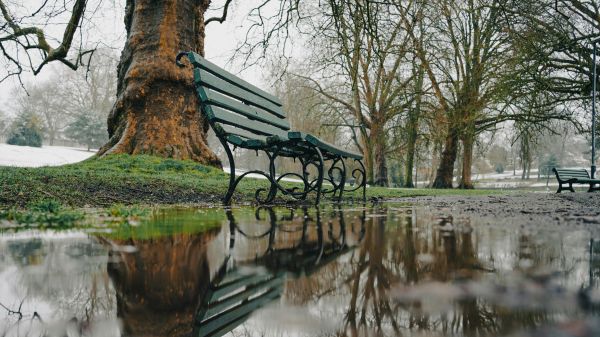Stormwater Control and Stream Restoration: What Works and What Does Not Presentation

Stormwater control should be done outside of streams with non-destructive, upland practices such as bioswales, rain gardens, etc. in already disturbed, developed areas. Some are cheaper than engineered stream “restorations” and provide co-benefits like reducing urban flooding and heat islands, providing green spaces, increasing property values, and protecting streams and floodplains from toxins in stormwater.
This presentation can be used to introduce the topic of stormwater control. Urban flooding from storm events has become increasingly common as evidenced by more frequent extreme weather events. Stormwater control is both a safety issue and a pollution problem since stormwater carries pollutants into our streams and bays.
There are both regulatory (MS4 permit, TMDL goals, mitigation rules) and non-regulatory (safety, infrastructure protection) drivers of stormwater control, and there are a range of stormwater control techniques.
Most stormwater control techniques are out-of-stream practices such as raingardens, bioretentions, and permeable pavement. The only in-stream technique is engineered stream "restoration." There are several types of stream "restoration." Examples of projects are given, their effectiveness per the scientific literature is examined, failures are shown, and costs of different project types provided.

